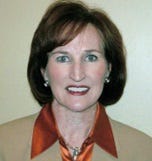What You'll Learn
Who Should Attend
This session is "must" for CRA Officers of small, intermediate, and large institutions. The session will also benefit the Board & senior management, credit administration, lenders, compliance, and marketing professional.



